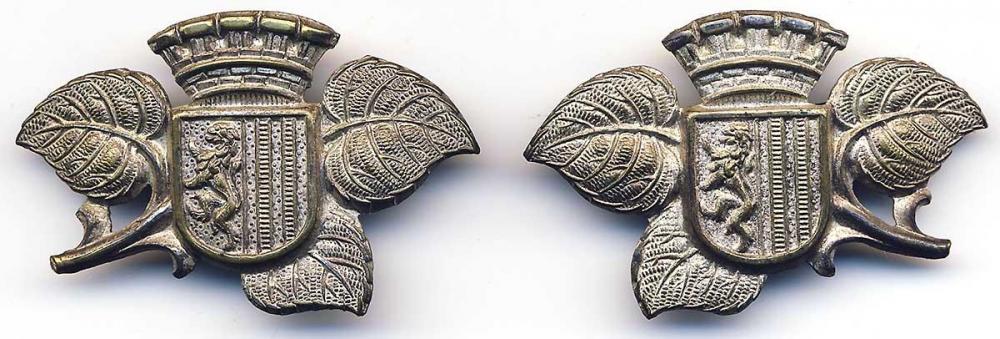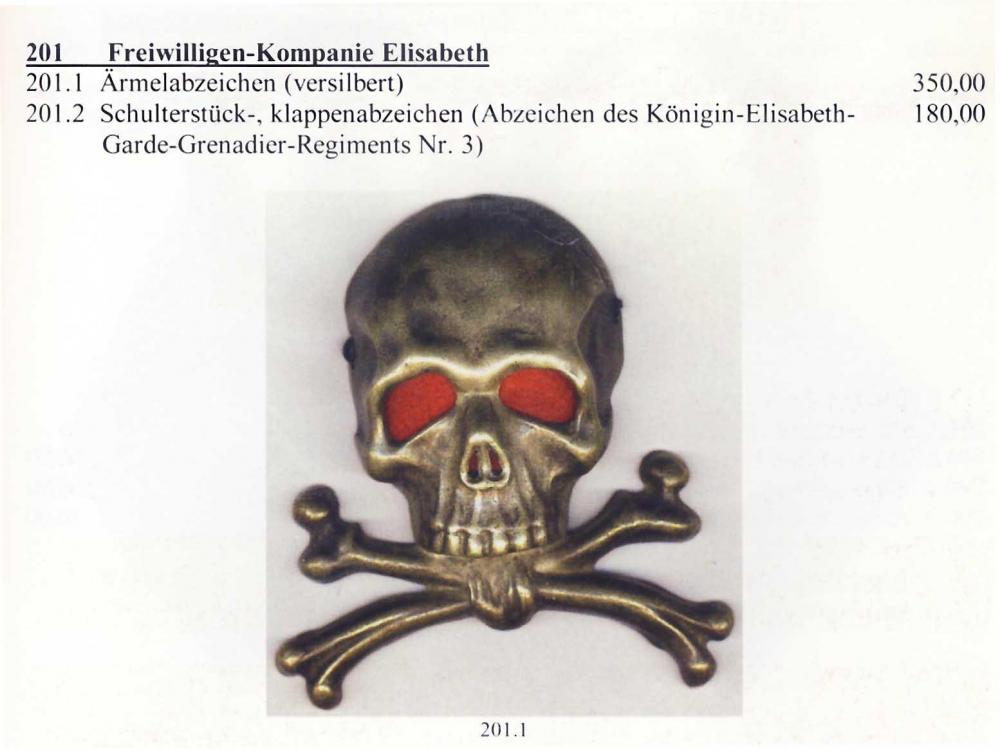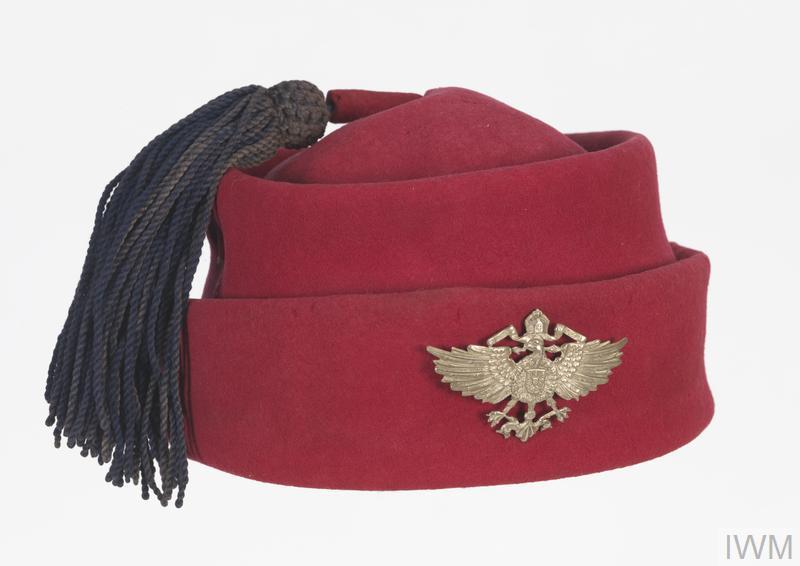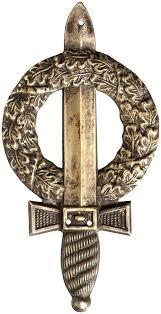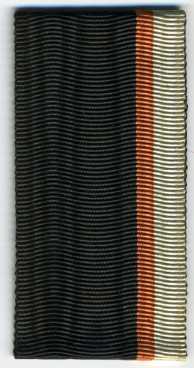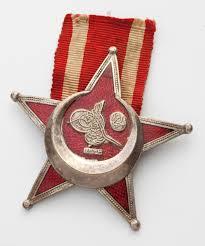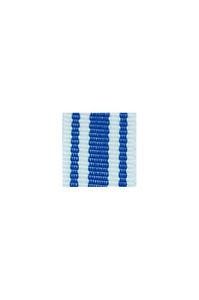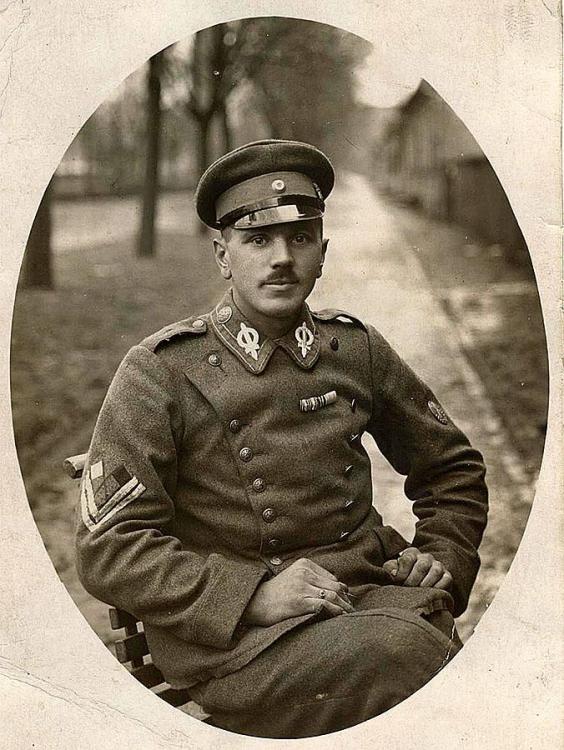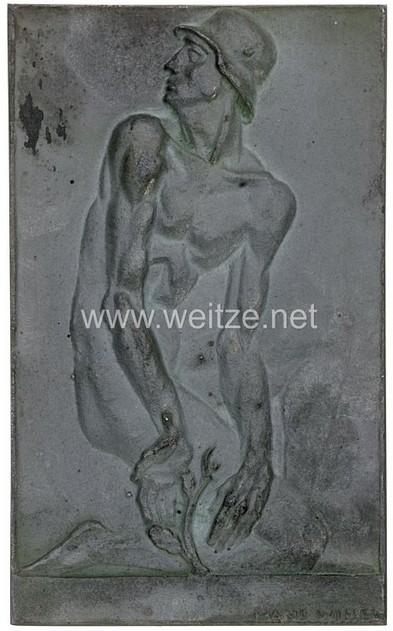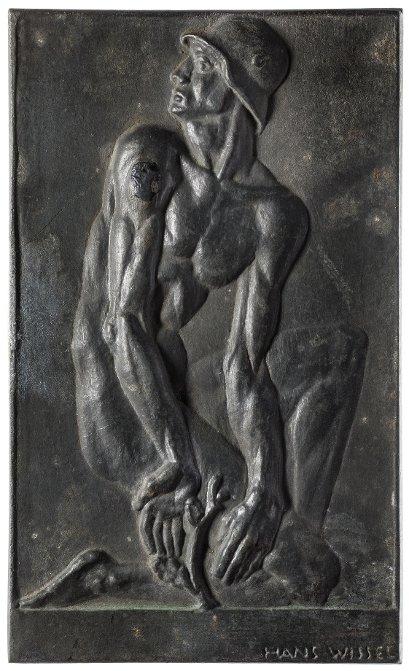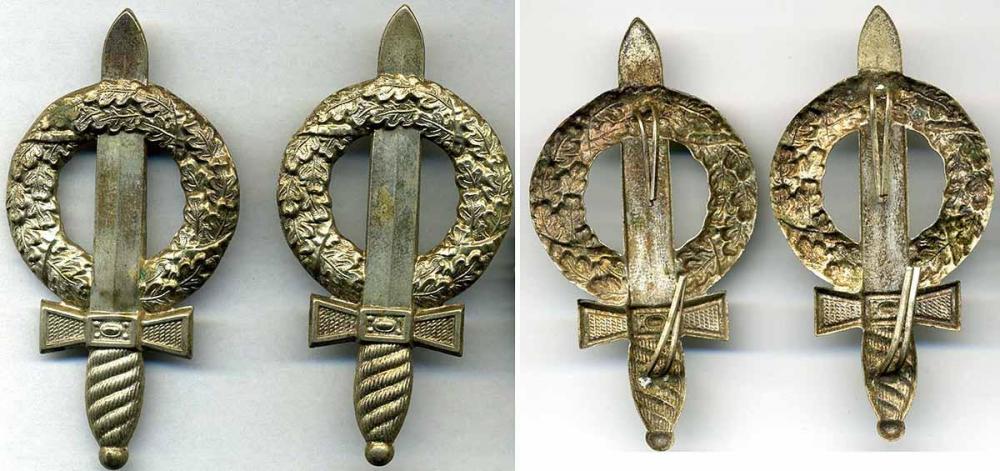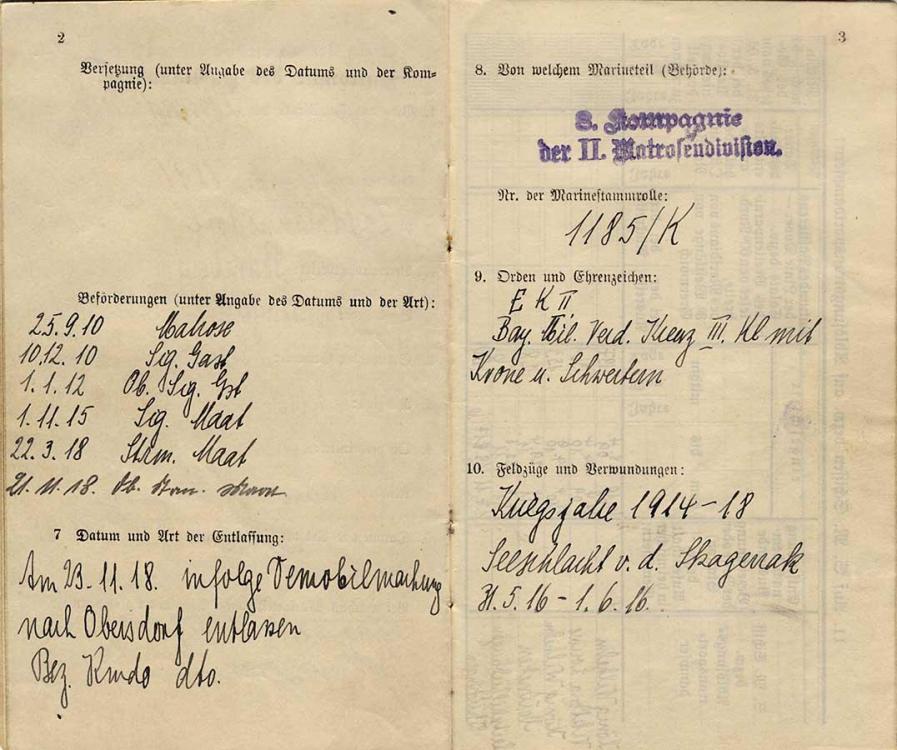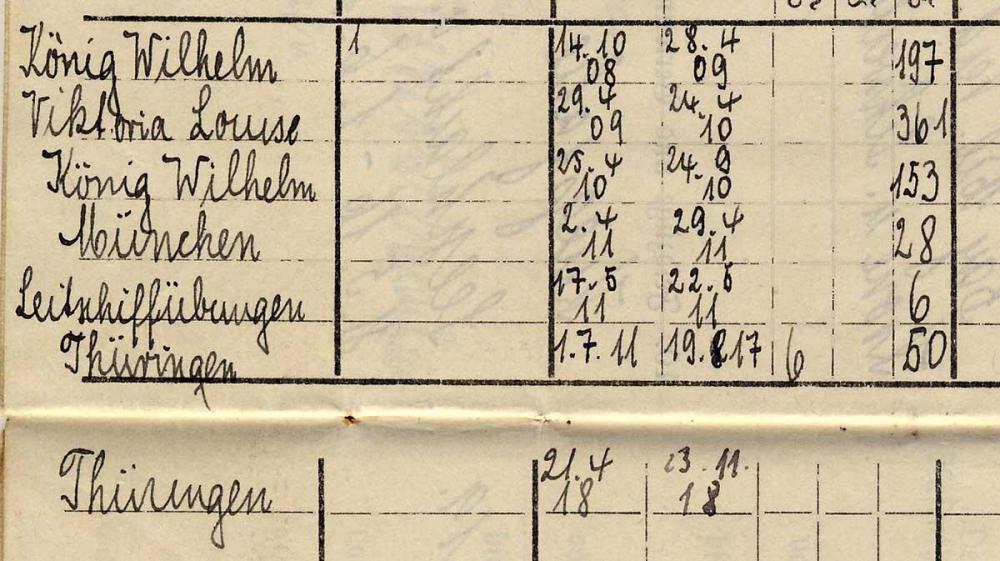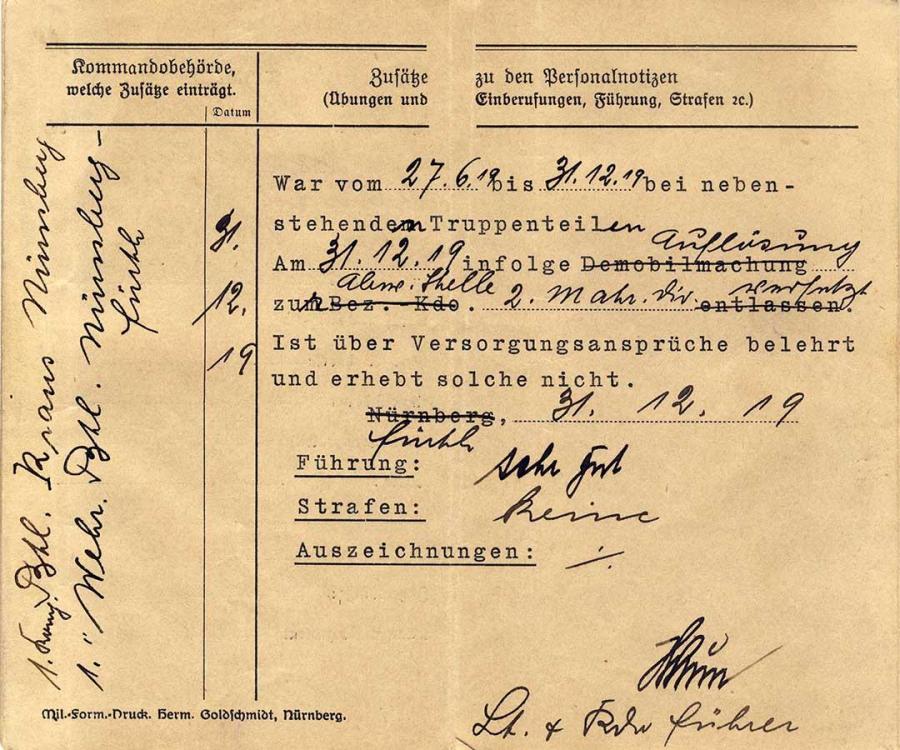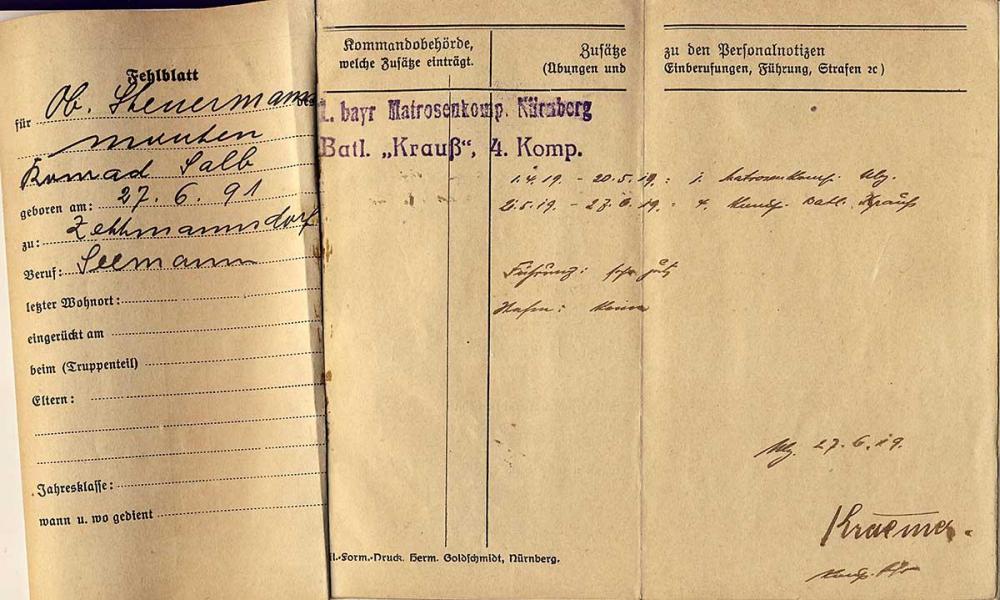
bolewts58
Active Contributor-
Posts
624 -
Joined
-
Last visited
-
Days Won
11
Content Type
Profiles
Forums
Blogs
Gallery
Events
Store
Everything posted by bolewts58
-
On April 10, 1919 the Senate of Leipzig University in reaction to the occupation of the University of Munich by the Soviet revolutionary council on April 7 decided at a meeting of the general student assembly to end the semester on April 12 and close the university, so that the students could provide a volunteer unit to the existing Reichswehr formations in case of need. On May 11, 1919, Leipzig was occupied by order of the Reich government and with the consent of the Saxon state government by the Freikorps of General Maercker, after the assassination on April 12 of the Saxon War Minister Gustav Neuring by disgruntled war veterans of the soldier's council and the subsequent general strike of the USPD (Independent Social Democratic Party of Germany) and the communist Spartakusbund that began laying siege to the city on April 14. A combination of Maercker's Freikorps, Reichswehr and some students formed into a loose volunteer unit disarmed the security service of the Workers' and Soldiers Council temporarily arrested its leaders. The university was occupied with troops, weapons, and ammunition and an ad hoc volunteer regiment started to form consisting of students, civil servants and city employees. On May 23 general Maercker officially formed the Zeitfreiwilligenregiment Leipzig which had a strength of 2,000 under the command of Oberst a.D. Schieblich, Major a.D. Bramsch, and Oberst Bierey. About a third were students. Most citizens supported the regiment because they feared a left-wing coup. The University Senate and the War Ministry endeavored to facilitate the deployment of students by providing university space and the university continued to facilitate study such as interim semesters and simplified emergency examinations. The temporary volunteers were promised financial support from the state. Throughout the rest of 1919, there were frequent strikes and riots due to high unemployment. By January 1920, the regiment had grown to a strength of 3,377. When there was another general strike in Leipzig against the Works Council Act, the Zeitfreiwilligenregiment Leipzig was the main unit to intervene and break up the demonstrations. When Kapp/Lüttwitz staged a Putsch against the Berlin government in March 1920, a general strike was also proclaimed in Leipzig. Saxon Commanding general, Generalmajor Max Senft von Pilsach ordered Zeitfreiwilligenregiment Leipzig to join Reichswehr Regiment 37 to put down the strike. There was heavy fighting in the city center that resulted in many casualties and the destruction of the "Volkshaus". The Zeitfreiwilligenregiment Leipzig was accused of excessive violence by the demonstrators, despite asserting they were operating directly under orders from the government to maintain peace and order. The regiment was subsequently dissolved in late Spring 1920.
-
Freikorps Elisabeth TK ?
bolewts58 replied to Aldo's topic in Germany: Weimar Republic & Deutsche Freikorps
Thanks for the information. I stand corrected in that they existed and were used in Spain. But, as I said they are very often sold on German eBay as German and that's from where I drew my incorrect conclusion. -
Freikorps Elisabeth TK ?
bolewts58 replied to Aldo's topic in Germany: Weimar Republic & Deutsche Freikorps
Sorry. Not even close. I'm not sure what this weird, distorted, ugly ape-like skull is or if it's even German. It certainly isn't Freikorps. If German, it could be some sort of comical carnival piece. I can't see it being German military. The Freiwilligen-Kompagnie Elisabeth skull is basically a large version of the Brunswick skull (like the one on the left in the comparison photo on the black background). Also, as an aside, the two skulls looking at each other in the second from the bottom photo are fantasy pieces. These turn up all the time on eBay as either Freikorps or Minenwurfer sleeve badges. But, no such badge ever existed in either WWI or during the Freikorps period IMO. Given the popularity of skulls, all kinds of fakes, fantasies and general crap are saturating the market. -
deutsche schutzdivision badge
bolewts58 replied to Eric Stahlhut's topic in Germany: Weimar Republic & Deutsche Freikorps
It's true that Plakette can mean badge or sign in certain cases. But, it's not a common military usage of the term and I don't think it was used that way 100 years ago. The medal has the word "bewährten" (proven, guard or preserve). The phrase Ihrem bewährten MITKÄMPFER für GESETZ u. RECHT which literally means "Your proven campaigner for law and right" probably should be translated as "Your defender of law and the legal system". I think this supports the medal being Die Bewährungsmedaille or The Defence Medal of the Deutsche Schtuzdivision. In any case, I don't know that we're going to solve this until either this medal shows up in a group with this document or vice versa the Erinnerungsplakette shows up in a group with the document. Such is the problem with having a very incomplete record with regards to Freikorps awards and insignia and the fact that even with existing references there are mistakes. For example, Haarcke's catalogue and Bichlmaier and Hartung's catalogue, both of which are used as bibles by dealers and less experienced collectors have several mistakes in each. Even von Salomon's Das Buch vom deutschen Freikorpskämpfer has mistakes. -
deutsche schutzdivision badge
bolewts58 replied to Eric Stahlhut's topic in Germany: Weimar Republic & Deutsche Freikorps
The Erinnerungsplakette was awarded to both Deutsche Schutzdivision and Landesschützenkorps because they both joined together when Reichswehr-Brigade 25 merged into Reichswehr-Brigade 4 in October 1919. That's when the Plakette was proposed and they began to issue it starting in November or December 1919. I think they put the dates 1919 1920 anticipating it would be awarded throughout the coming year. But, go ahead and ask if the medal can be called a Plakette. I highly doubt it. Plakette as far as I know means plaque and nothing else. -
deutsche schutzdivision badge
bolewts58 replied to Eric Stahlhut's topic in Germany: Weimar Republic & Deutsche Freikorps
Ok. I surrender. I'm always open to some new information. There are lots of things Verkuilen didn't know as he was active at a time when there was a lot less information available. I don't think the document is for this medal. This is "Die Bewährungsmedaille", not the Erinnerungsplakette. I still think the most likely candidate is the large zinc table plaque. -
G.K.S.D. collar tab
bolewts58 replied to Eric Stahlhut's topic in Germany: Weimar Republic & Deutsche Freikorps
Very nice. Not only Garde cavalry, but an officer. You're right that one seldom finds any Freikorps collar badges sewn on the original collar tab. I have a few and consider that their scarcity pretty well doubles the value of the badge. -
deutsche schutzdivision badge
bolewts58 replied to Eric Stahlhut's topic in Germany: Weimar Republic & Deutsche Freikorps
The badges like yours and Eric's that I've seen and handled are all die-struck: some from zinc, some from tombac, some from some sort of white metal. It's the details which I have already described above which I don't like. But one detail I forgot to mention is that the sword hilt on originals is longer and tapers more gradually down to the ball tip. On yours, Eric's and the other two you posted, the hilt is fatter and shorter. The badges that the Club first sold in the mid-2000s were just like yours and Eric's. It's surprising that the ones they are selling now are of significantly poorer quality. But, that's also true of a lot of the other stuff they sell. The quality has gotten worse. IMO, there's no reason that this badge would have ever been made with a pin. They certainly weren't worn as a collar badge that way. There are two types: either with prongs or drilled holes for sewing (2 in the lower crossguard and 1 in the tip of the sword). They were likely only produced once and both came from the same die - a different die than the one your badge comes from. In 50 years of collecting Freikorps, I have never heard of them being struck again from another die or issued as any sort of commemorative. So, I guess at this stage, we're going to have to agree to disagree unless a photo shows up with the badge being worn as a pinback that matches yours. In any case, I would really like to own that document. It's very cool. -
deutsche schutzdivision badge
bolewts58 replied to Eric Stahlhut's topic in Germany: Weimar Republic & Deutsche Freikorps
'abschiedszeichen' in this case means more or less what you said in brackets: gesture/sign/token of farewell and IMO simply refers to what the Plakette represented - basically a "thank you for your service" commemorative. The document only refers to one award, which as I've stated is the zinc plaque. At the risk of being too dogmatic, I also stand by my opinion that all the badges except the pair I posted are fake. I no longer have those as I traded them a long time ago for something rarer. I believe Weitze currently has the same pair for sale. I've just bought another single. When it arrives, I'll attempt to weigh it. Although I'm not sure how accurate my scale is. -
Lots of Germans got this cross as they made up most of the Russian West Army. He possibly might have flown with one of the Freikorps Flieger Abteilung (FA 427 or 429) in The Russian West Army. But, as there are few records available except concerning which German air aces were in what Freikorps, I might only be able to find out his squadron, if I knew what unit he was in during WWI by doing some cross-referencing and a bit of detective work, which I'm happy to do. But, it's a long shot unless you have some paperwork.
-
As I thought. This is quite a nice example of the Maltese Cross of the Russian West Army, which is much rarer than the Randow Cross. This is consistent with his Baltic service and much more interesting than if he had just been in Detachement von Randow. Here's a picture of Pavel Bermondt-Avalov wearing the same cross.
-
deutsche schutzdivision badge
bolewts58 replied to Eric Stahlhut's topic in Germany: Weimar Republic & Deutsche Freikorps
I think it's the same, just newer. Anyway, the important thing is that document. I love it. -
deutsche schutzdivision badge
bolewts58 replied to Eric Stahlhut's topic in Germany: Weimar Republic & Deutsche Freikorps
Ok. I'll wait and see. -
deutsche schutzdivision badge
bolewts58 replied to Eric Stahlhut's topic in Germany: Weimar Republic & Deutsche Freikorps
Yours and Eric's are both of the type sold by "the Club", as I bought one from them when they first started peddling them that was exactly the same with the safety pin. When I had it in hand, I knew immediately that it was fake. The second one you showed above is a poor cast of one of the fakes. Maybe "the Club" is selling these as well now. I'm sorry to be so dogmatic about this, but nothing is going to convince me that the one you show with the document is genuine or that this type of badge went with the document. It's illustrated on the document because the collar badge remained the symbol of Reichswehr-Brigade 25. Whether it came from reliable sources or not, this is a case of believe what the badge tells you, not the story. Genuine collar badges were quite large which is obvious when you see them in wear. The pair of badges I showed above are 70 mm long. As you can see in this photo the collar badges were actually larger than the oval sleeve badge (with two crossed rifles above two oakleaf sprigs). The Erringerungsplakette which I am 100% sure goes with your document came in some different finishes I've seen. But, all are zinc based. The one I used to own was almost black. I've seen them with a slightly black bronze finish or simply in oxidized zinc. Weitze has one for sale at the moment that's like this. I've never seen one in silvered zinc. I very rarely disagree with you and I respect you incredibly for your in-depth knowledge on Freikorps. But, in this case, I think you're mistaken. -
deutsche schutzdivision badge
bolewts58 replied to Eric Stahlhut's topic in Germany: Weimar Republic & Deutsche Freikorps
The document is fantastic with the facsimile signature of Generalmajor Georg Friedrich Hugo Louis von der Lippe, commander of Reichswehr-Brigade 25 from June 1919 to May 1920. But, I don't believe the Deutsche Schutzdivision badge is genuine. Nor does it belong with the document. It's typical of the stamped fakes that "the Club" has been selling over the last 10 years or so. While the details are good, these badges are flatter than originals. Originals have a more domed wreath and hilt and the reverse stamping is deeper with sharper detail overall. if you compare the 2 oakleaves that cross the sword blade at the top, you'll see that on originals these are quite raised and appear to be angled down towards the blade on either side, top and bottom, while on the fakes they're flat and badly defined against the blade. The central medallion of the cross-guard on the fakes only has 2 dots. Originals have 4 dots. Badges that were sewn on the collar had the 2 lower dots drilled out. But, those with reverse prongs retained the 4 dots. The original finish is frosted silver with burnished highlights that tend to dull with age. Fakes either have no finish as in the case of the badge with the doc, or a dull, flat silver wash as in the better quality fake belonging to Eric Stahlhut at the top. Under no circumstances were these ever issued with a pinback. Originals of this collar badge have become harder to find as the market seems to be flooded with the fakes. The "Plakette" to which this award document refers is the blackened, bronzed zinc commemorative plaque (Erringerungsplakette) shown here. This plaque was proposed in October, 1919 after Reichswehr-Brigade 25 (formerly Deutsche Schutzdivision) merged with Reichswehr-Brigade 4 (formerly Freiwillige Landes-Schützen-Korps) and was awarded from December 1919 to December 1920 when Reichswehr-Brigade 4 was disbanded. -
Pages from a Militärpass belonging to Battle of Jutland (Skagerrakschlacht) veteran, Obersteurmannsmaaten (Chief Engineering Officer) Konrad Salb. During the Battle Jutland, Salb as a Signal Petty Officer served on the dreadnought battleship SMS Thüringen, which was heavily engaged during the battle, including the sinking of HMS Black Prince and heavy damage to HMS Turbulent. https://en.wikipedia.org/wiki/SMS_Thüringen Interestingly, Salb served on Thüringen up to the end of the war, including the crew revolt on the Thüringen as part of the High Seas Fleet revolt in October 1918. As he went on to serve in the Bavarian Freikorps during fighting against the Munich Soviet, it's very likely that Salb was one of the officers who did not support the revolt on the Thüringen. Salb, who entered the Imperial German Navy in 1908 at 17 in the Schiffsjungen-Division received the EKII and BMVK with Crown and Swords. As a Bavarian, Salb went home and fought against the Communists as a member of the scarce Marine infantry Freikorps unit, 1. Bayrische Matrosenkompagnie Nürnberg, Bataillon Krauss, which later merged with Wehr Bataillon, Nürnberg-Fürth.
-
This medal was awarded in 1926 only to members of Sturmfahne Teja of Freikorps Oberland and is actually quite rare. Very high-quality fakes from Russia have flooded the market in recent years and thus have caused most collectors to steer clear of this medal as it's too difficult to tell fakes from originals. I think this one is ok. But, unfortunately, it would be difficult to sell for the actual value of the medal.

